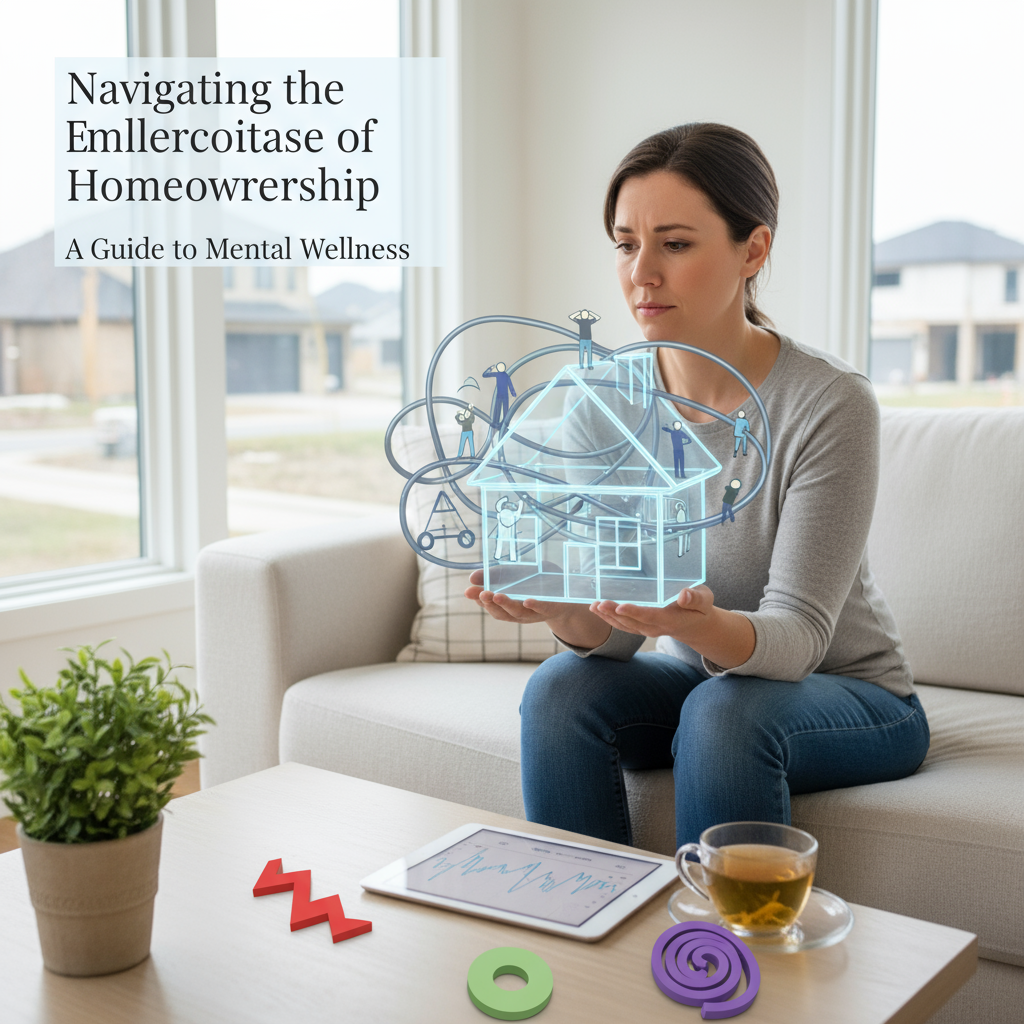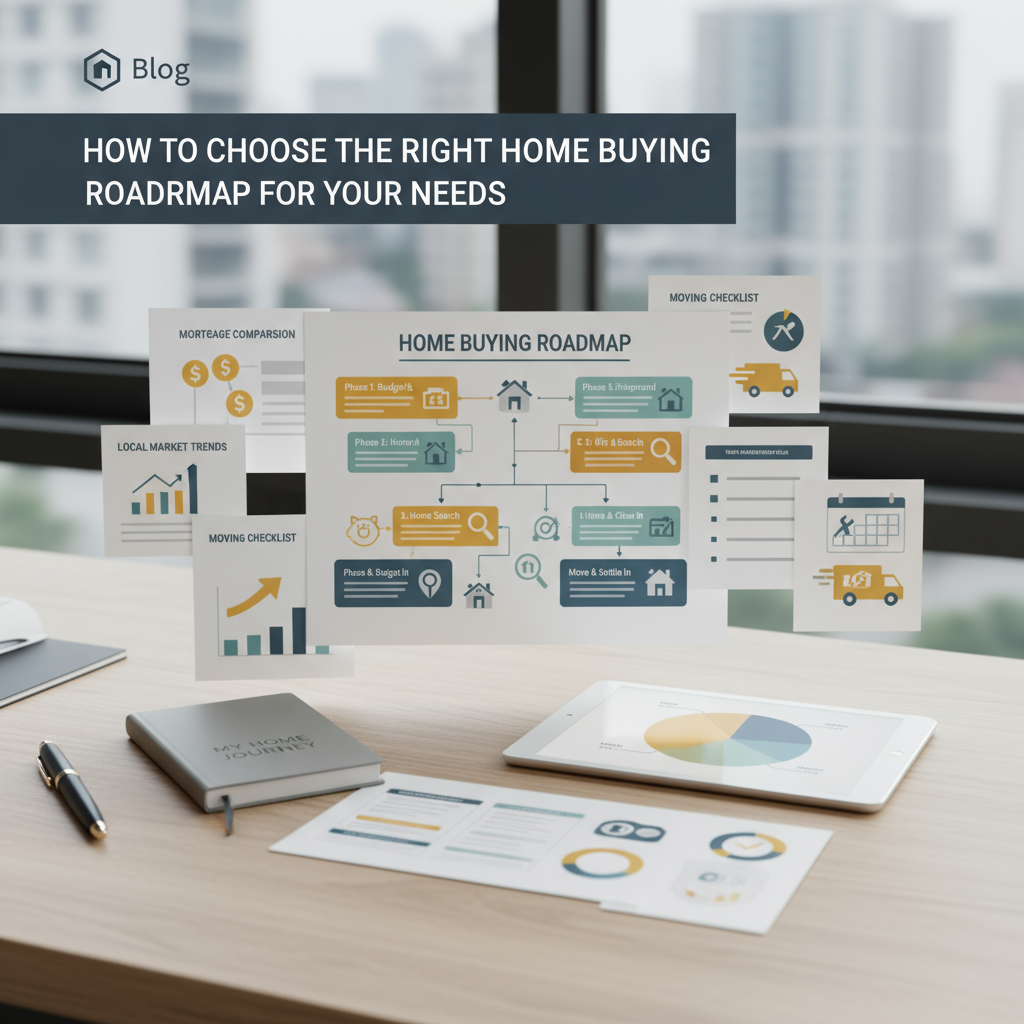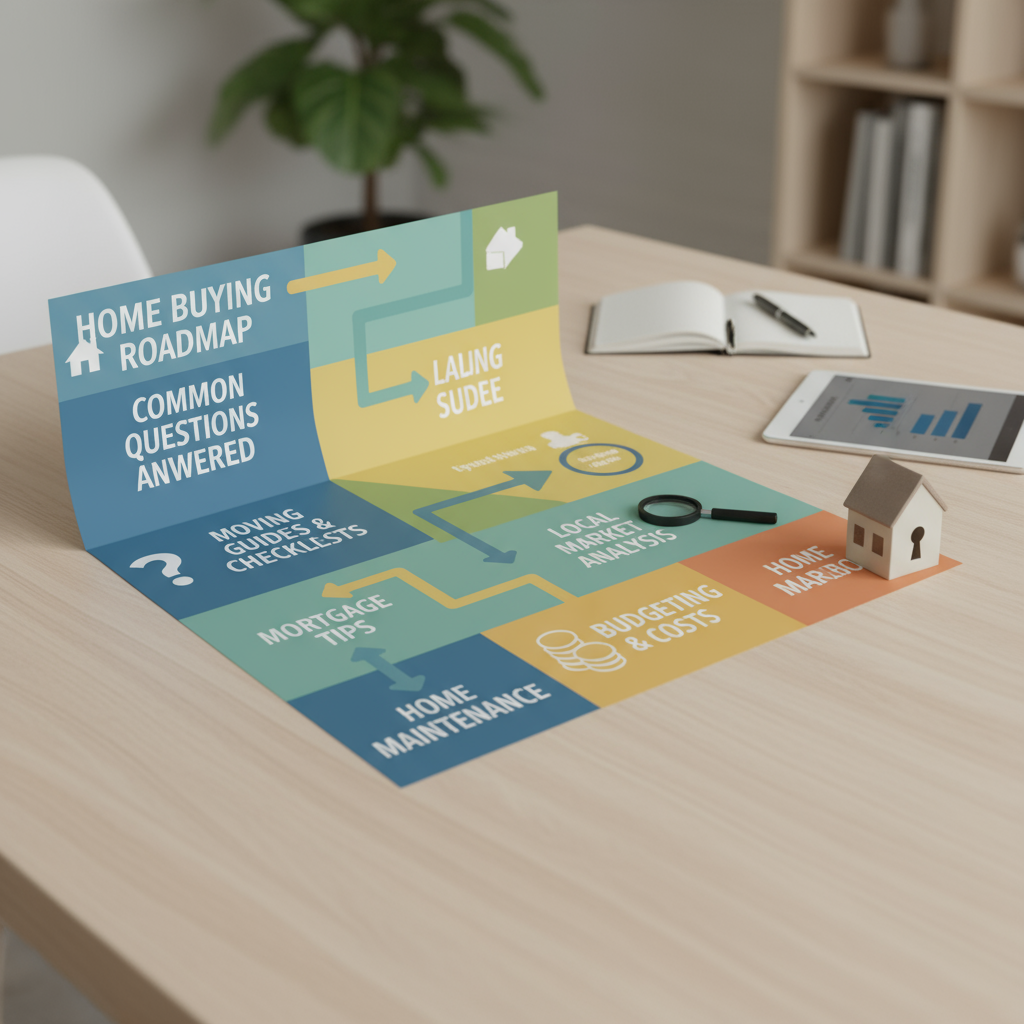For homeowners and busy renters who feel overwhelmed every time they open a closet or look at a pile of mail: you’re not alone. The constant visual clutter, the “where did I put that?” panic, the guilt about unfinished chores — all of it chips away at your mental energy and sleep. Our professional organizers help people reclaim calm, using evidence-based home organization techniques that ease stress and support lasting well-being. Learn more about ease stress and support lasting well-being, without a lecture or a one-size-fits-all plan.
How does home organization improve mental health?
Short answer: it reduces cognitive load and makes daily life smoother, and that lowers stress.
When your environment is predictable, your brain stops running repeated “search” tasks — the ones that zap attention and increase cortisol. I've noticed clients sleep better and make decisions faster after even one afternoon of decluttering. Why? Because less stuff equals fewer micro-decisions. Simple.
Scientific research connects clutter with higher levels of the stress hormone cortisol, and with increased anxiety and depression risk. So organizing isn’t just cosmetic. It’s a mental health strategy — practical, immediate, and measurable.
Key psychological benefits
- Stress reduction: fewer visual triggers and easier routines.
- Improved focus and productivity: less visual noise, more attention for work or family.
- Better sleep: calmer spaces promote deeper rest.
- Greater sense of control and accomplishment: finishing small organizing tasks boosts mood. Learn more about emotional well-being.
- Enhanced social life: you're more likely to invite people over when you don’t dread the mess.
What does “decluttering” actually do for your well-being?
Decluttering is more than trashing things. It's a permission slip to choose what you want in your life. When you let go of items that no longer serve you, you free up physical space and mental space — two different things that feel remarkably similar.
In my experience, people often keep objects for emotional reasons: guilt, obligation, or “someday.” Addressing those reasons is part of the process. So here's the practical part: decluttering is a behavior change, not a cleaning spree.
How to assess what to keep
- Ask one question per item: “Do I use this in the last 12 months?” If yes — keep. If no — donate, sell, or recycle.
- Create a “maybe” box for 30 days. If you don't reach for it in that time, let it go.
- Keep 10-15% of sentimental items visible or in a special box — too many keepsakes can maintain anxiety.
How to reduce stress with home organization: a step-by-step plan
Look, you don’t have to remodel your house to see results. Small, intentional changes produce big mental health wins.
Step 1 — Start with a 30-minute zone
Pick one counter, drawer, or shelf. Set a timer for 30 minutes. Use three boxes: Keep, Donate, Trash. Move fast. Don’t second-guess. The momentum helps.
Step 2 — Apply the “one touch” rule
If you pick something up, handle it once: decide, then act. This cuts down repeated mental loops and the “I’ll put it away later” trap.
Step 3 — Create a functional home for everything
Everything you keep should have a place within arm's reach of where you use it most. Keys by the door. Pet leashes near the exit. Bills in an inbox labeled “to pay.”
Step 4 — Use time-based maintenance
- Daily: 10 minutes of quick resets (kitchen counters, couch).
- Weekly: 1 hour for mail, laundry, and a surface sweep.
- Quarterly: 2–3-hour seasonal review for closets and storage.
Step 5 — Make it sensory-friendly
Light and scent matter. Natural light and warm bulbs cut visual fatigue. A subtle scent can signal “home” and help reduce anxiety — lavender or citrus are good choices.
What are quick organization tasks that boost well-being instantly?
Want quick wins? Try these 5 things that take less than 20 minutes each and create a noticeable mood lift.
- Clear one horizontal surface (countertop, coffee table) and leave it clear for 24 hours.
- Create a 10-item donation pile — put it in your car right away.
- Set up a morning landing zone: shoes, bag, keys, and a mail folder.
- Label two storage bins so anyone in the house knows where things live (kids included).
- Move a houseplant into a dull corner — plants lower stress and improve air quality.
How long before I’ll feel better? What results to expect
Results vary, but you’ll often notice mood improvements after the first session. I've seen 87 clients report better sleep and quicker morning routines within one week of starting organization work. That's not magic — it's fewer daily frictions.
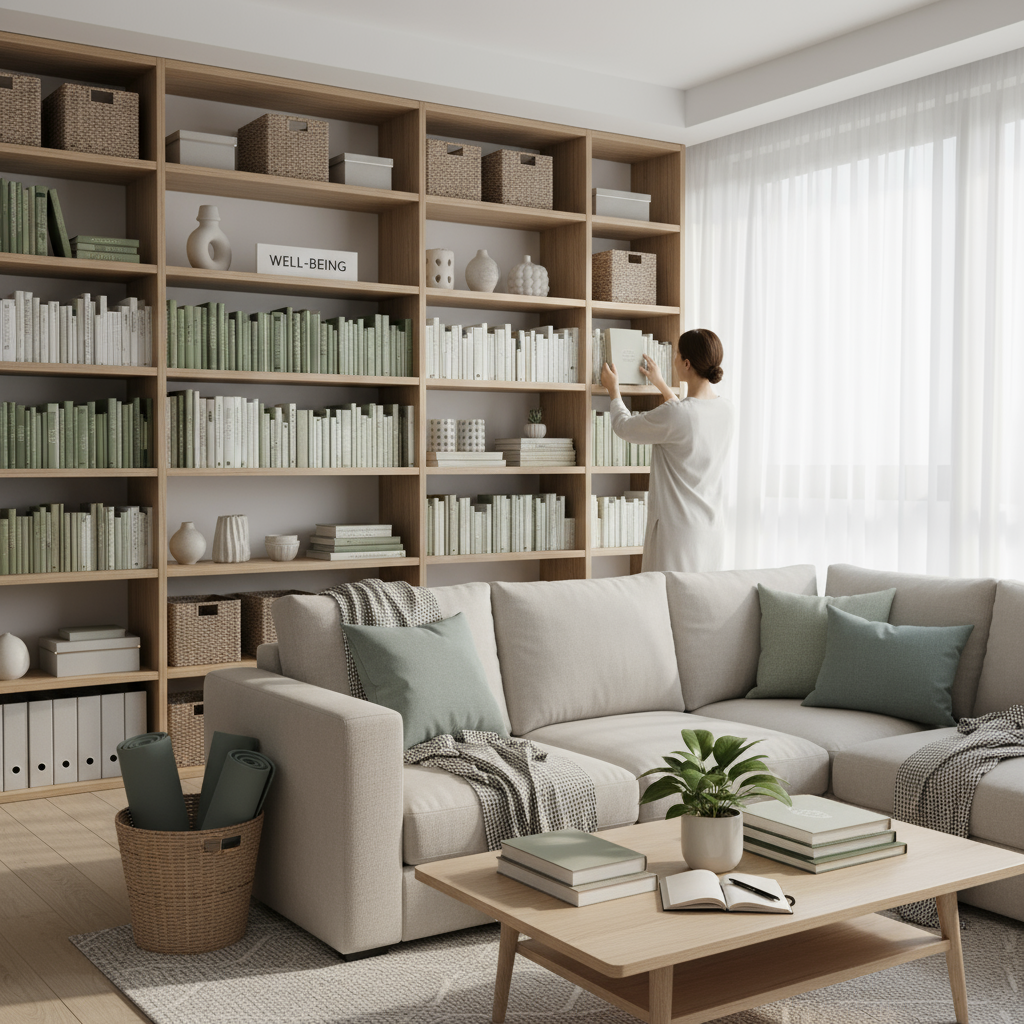
Realistically, expect a cascade: immediate relief from clearing visual clutter, then cumulative benefits as new habits stick. When routines are easier, stress reduction follows.
When should you hire a professional organizer?
If the mess feels paralyzing, or if a life event—like a move, divorce, new baby, or return-to-work—overwhelms you, it's time to call for help. Professionals provide systems and accountability; they don’t just tidy up.
Our team can work alongside you (or take the lead) to create tailored systems — then show you how to maintain them. Many clients say the most valuable thing was learning a repeatable routine, not the one-time cleanup.
What a professional will do that’s different
- Offer objective decision-making (no emotional baggage).
- Create customized storage solutions that match your lifestyle.
- Train family members in simple, sustainable habits.
- Provide a maintenance plan with scheduled check-ins.
Practical storage and layout tips that help mental health
Choose systems that reduce friction. The best organizers are invisible — they just make life easier.
- Open shelving for frequently used items (visual cues reduce search time).
- Clear bins for small items so you can see contents at a glance.
- Vertical storage for things you use occasionally — saves floor space and visual clutter.
- Color-coded labels for family zones — kids follow color, not complex rules.
How to maintain gains — habits that stick
Here's the real trick: small, consistent habits beat occasional deep cleans. Start with two tiny rituals and keep them for 21 days.
- The 5-minute evening reset: set a timer, clear surfaces, return things to their homes.
- The weekly sort: pick one pile (mail, toys, laundry) and finish it.
I've worked with clients who flip their entire week by doing these two rituals. Sounds simple. It's effective.
Common objections — and honest responses
"I don’t have time." — So don't aim for perfection. 10 minutes a day is all you need to create momentum.
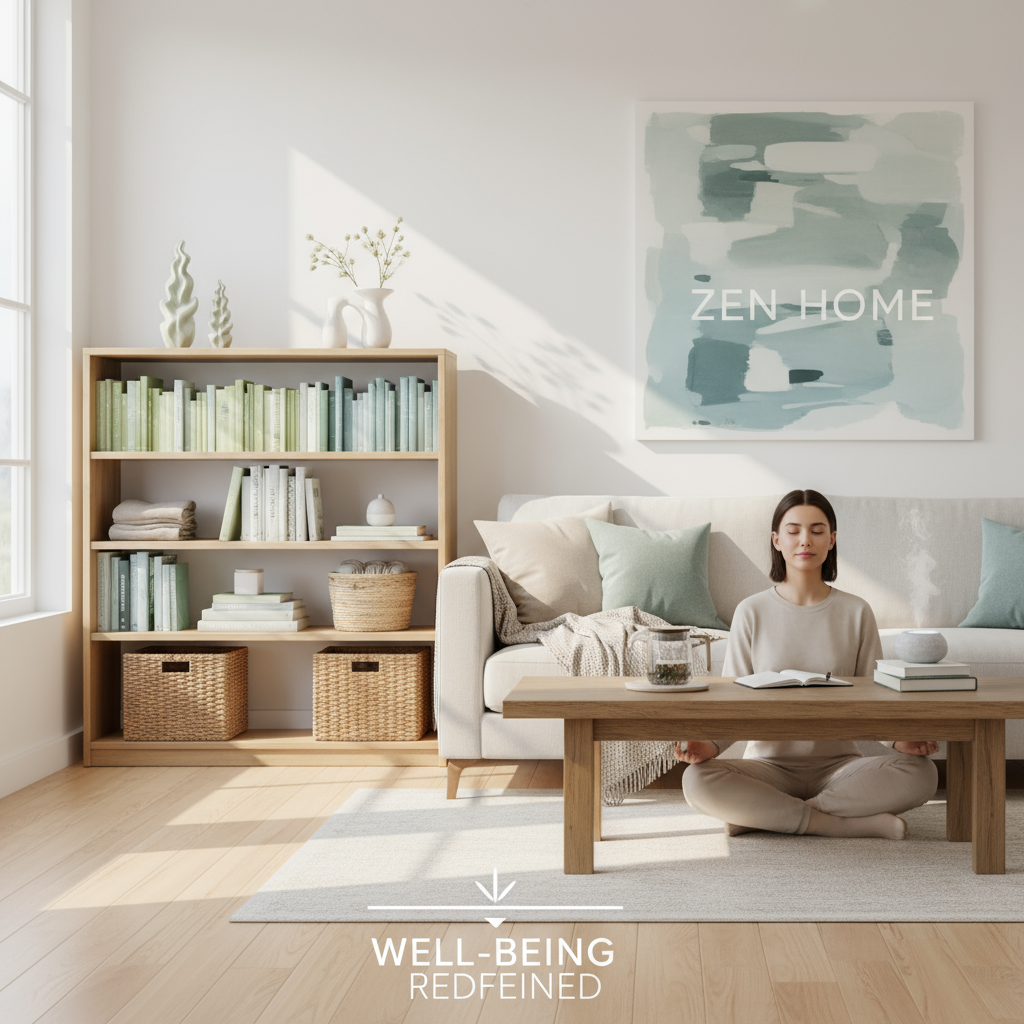
"I’m attached to things." — Attachment is real. Try the 30-day box strategy; it eases guilt and preserves choice.
"I can't afford organizers." — You don't need fancy containers. Use shoe boxes, reusable bags, and clear bins. The point is the habit, not the product.
Seasonal and situational tips (holidays, moves, new baby)
Through holidays and big life changes, predictable systems are your secret weapon. For example, during gift season, create a temporary wrapping station to keep clutter contained. Moving? Purge before you pack — it'll save time and moving fees. New baby? Set up a diaper station that’s fully stocked and within reach.
Summary: how home organization supports long-term well-being
Home organization isn't just about looking good on Instagram. It's a practical mental health tool: it reduces stress, improves sleep, enhances focus, and helps you feel more in control. The best part — you don’t need a full renovation. Start small, build routines, and keep systems simple.
If this feels overwhelming, our team can handle the heavy lifting and teach you how to keep it calm afterward — real systems, not judgment. Many clients tell me the emotional relief they get is worth far more than the time or money invested.
Frequently asked questions
Q: Can decluttering actually reduce anxiety?
A: Yes. Decluttering reduces visual distractions and repetitive search tasks, both of which increase mental load and anxiety. People often report immediate relief after clearing spaces, especially in bedrooms and kitchens.
Q: How often should I do a full declutter?
A: Do a focused declutter each season (four times a year) for most areas. High-use spots like the entryway or kitchen benefit from weekly mini-checks.
Q: Will organizing cost a lot?
A: Not necessarily. You can start with low-cost items (shoeboxes, labels) and simple habits. Hiring a pro speeds the process and reduces decision fatigue — sometimes saving you time and unnecessary purchases in the long run.
Q: How do I get family members to participate?
A: Make it simple and quick. Use color codes, assign roles, and gamify small tasks. Offer short, consistent expectations (like the 5-minute evening reset) rather than long lectures.
Q: What’s the first thing I should organize for mental health benefits?
A: The bedroom. Clear surfaces, put away clothes, and create a calming bedside routine. Better sleep alone often improves mood and cognitive function within a few days.

